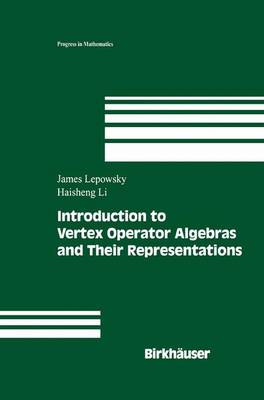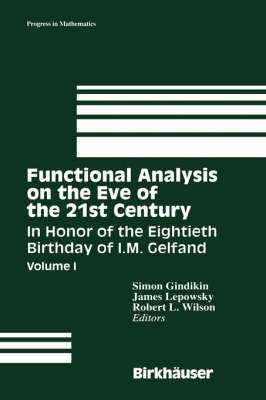Progress in Mathematics
2 primary works • 3 total works
Book 112
Generalized Vertex Algebras and Relative Vertex Operators
by Chongying Dong and James Lepowsky
Finally, the most general of the three notions, that of 'abelian intertwining algebra," also iuun-iinates the theory of intertwining operators for certain classes of vertex operator algebras. The monograph is written in an accessible and self-contained way, with detailed proofs and with many examples interwoven through the axiomatic treatment as motivation and applications. It win be useful for research mathematicians and theoretical physicists working in such fields as representation theory and algebraic structures and will provide the basis for a number of graduate courses and seminars on these and related topics.
Book 227
Introduction to Vertex Operator Algebras and Their Representations
by James Lepowsky and Haisheng Li
* Introduces the fundamental theory of vertex operator algebras and its basic techniques and examples.
* Begins with a detailed presentation of the theoretical foundations and proceeds to a range of applications.
* Includes a number of new, original results and brings fresh perspective to important works of many other researchers in algebra, lie theory, representation theory, string theory, quantum field theory, and other areas of math and physics.
131/132


